Alcohol - A nation's mass suicide
author
Viktor Penzin
Penzin is a Russian artist. During the Soviet era, Viktor Penzin set up his lubok studio in Moscow. A lubok (a popular print) is a part of Russian culture and folklore; it typically features simple graphics and narratives derived from literature, religious stories and popular tales. Lubok are used for decoration in houses and inns. The studio struck pay dirt with the many Soviet anti-alcohol campaigns, as lubok were seen by the government as a simple and efficient tool for propaganda.
Postcard
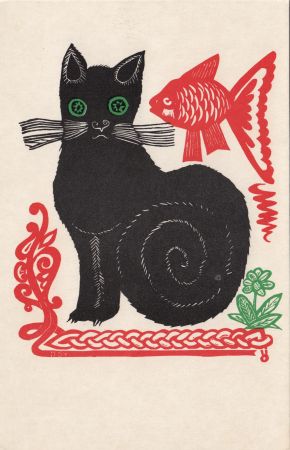
- The Cat
- This cat, in the lubok picture style, was Viktor Penzin's first print inspired by the traditional Russian graphic style. To create his lubok, Penzin cut a plate for every colour and then joined the plates together.
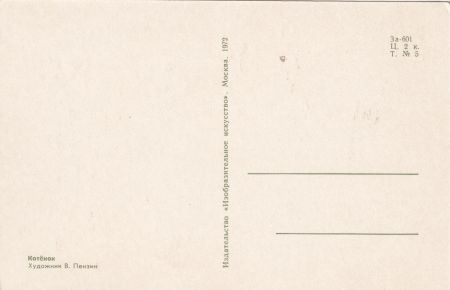
personal archives
Monumental Art
Penzin in front of one of his bas-relief.
country: Soviet Union / year:
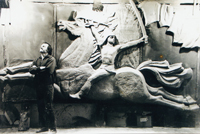
Penzin in front of one of his bas-reliefs. After his graphic works and Lubok prints (popular Russian prints), Penzin came to monumental art by creating bas-reliefs. Monumental sculptures turned out to be very profitable, and Penzin committed himself to this new artistic endeavour. "It was a political order, not only a social one, but a political order from the Party, and that was always welcome in print as well as in sculpture."
Ethnographic expedition
Penzin during an ethnographic expedition to Gorkovskaya Oblast in the 1970s.
country: Soviet Union / year:
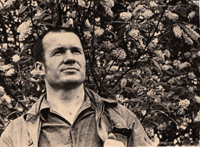
Penzin during an ethnographic expedition to Gorkovskaya Oblast in the 1970s.Through archaeological and ethnographic trips, Penzin found his artistic style, inspired by folkloric art and Russian graphic traditions.
The Art Studio
Penzin in his studio making postcards and other prints.
country: Soviet Union / year:
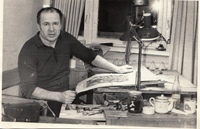
Penzin in his studio making postcards and other prints. Penzin opened his own studio of popular graphic arts in Moscow in 1982. He specialized in Lubok art, a traditional russian popular illustration characterized by a decorative and narrative style. As he said, while posters appealed to the masses, to meetings, to crowds, "the Lubok appeals to a viewer who looks at it, if I look at it, that is, it’s created for one viewer, for direct contact with the picture, and generally, this picture was hung in the house, where ordinary men spent their time.
The Soviet Lubok.
Lubok-style picture of Penzin's “Soviet lubok” artists group.
country: Soviet Union / year:
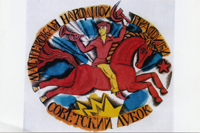
Lubok-style picture of Penzin's “Soviet lubok” artists group. It reads: “The Soviet Lubok Studio of Popular Graphic Arts”. The picture shows Malchish Kibalchish, the hero of “The Tale of the Military Secret, Little Malchish Kibalchish is as Good as His Word” by Arkadiy Gaydar, 1978, which was widely used for propaganda among youngsters. The emblem was a kind of banner, as "no one at that time would contest or prohibit a name like Soviet Lubok, we weren’t luring people into anything suspicious, we were the party’s partisans:
The rooster
Penzin’s rooster postcard.
country: Soviet Union / year:
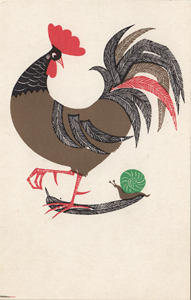
Penzin’s rooster postcard. This was one of Penzin's first luboks; it was very popular in the Soviet Union. It had 10 editions, for a total of 50,000 copies, was distributed in kindergartens, decorated houses and appeared in some films. Penzin believes that his prints were so successful because they drew on traditions of popular art.